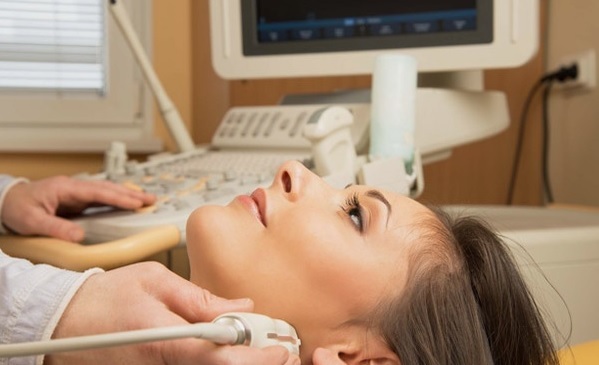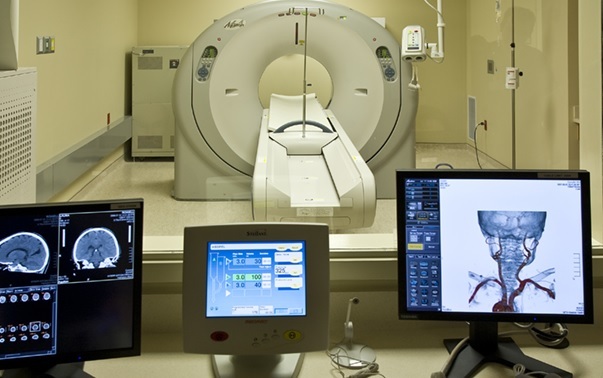Ultrasonic methods for diagnosing the vessels of the head and neck
Contents:
- Vessel research methods
- Indications for use of ultrasound studies
- Expediency of ultrasound examination of vessels
 Ultrasonic diagnostic methods are successfully used for the study of vascular lesions. This possibility has appeared at diagnosticians at occurrence of duplex scanning. Now doctors-diagnosticians receive information about the blood flow and perform ultrasound location at a given depth. In order to pass the examination, just go to the site likarni.com, choose the type of diagnosis and make an appointment with a specialist.
Ultrasonic diagnostic methods are successfully used for the study of vascular lesions. This possibility has appeared at diagnosticians at occurrence of duplex scanning. Now doctors-diagnosticians receive information about the blood flow and perform ultrasound location at a given depth. In order to pass the examination, just go to the site likarni.com, choose the type of diagnosis and make an appointment with a specialist.
US-methods allow you to explore the vessels of the brain, large trunks. The possibilities of DS are significantly increased when using the color Doppler mapping method. The basis of this method is the recording of the velocity of blood flow in the vessels and the imposition of the image on the two-dimensional image of the vessel. This allows you to detect small vessels, to determine if there is blood flow in places of stenosis.
Vessel Research Methods
Diagnostics use such methods of vascular research:
- energy Doppler mapping( EDC);
- transcranial dopplerography;
- triplex scanning( TC).
EKD is also called ultrasonic angiography. The method allows you to display multiple amplitude values of signals, map the energy characteristics of signals from large and small vessels. The combination of a color flow chart of the spectral analysis of the incoming signals and the image of the B-mode vessels is called TC.
Transcranial Doplerography( TCD) refers to methods of non-invasive ultrasound of intracranial arteries. Diagnostic TBC allows you to assess the rate of blood flow through the intracranial arteries and anatomo-functional state of the collateral circulation, to reveal pathological changes in blood vessels.
Indications for use of ultrasound studies
Ultrasound methods are successfully used in neurological and neurosurgical practice. The diagnostic aims are to identify:
- atherosclerotic lesions;
- aneurysm;
- arteriovenous malformations;
- stenosis of the arteries.
The TBC technique allows to observe the patient in dynamics during treatment in order to objectively assess the changes in the cerebral vessels. Diagnosis of vasospasms is one of the main achievements of modern medicine. Spasm of the brain vessels can develop as a result of such pathologies:
- stroke;
- migraine;
- head injury;
- subarachnoid hemorrhage.
Thus, spasm is a complication of formidable pathologies, which can be detected using transcranial dopplerography.
The main indication for the use of DS vessels of the main arteries of the neck is a violation of hemodynamics in the presence of signs of acute and chronic cerebrovascular insufficiency. Diagnosis allows us to determine the stenosis and occlusion of arteries, the origin of which is most often associated with atherosclerotic changes or nonspecific aortic arteritis. During the study, the doctor can determine the congenital abnormalities of vascular development.
Expediency of ultrasound examination of vessels
Methods of ultrasound studies are absolutely safe and painless for patients, they can identify early cerebrovascular lesions, arterial lesions in the initial stages of cerebral blood supply insufficiency, and reveal stenoses in infectious diseases. In addition, doctors can determine the cause of permanent headaches, choose appropriate therapy, study the changes in blood vessels for rheumatism and diabetes, assess the condition of blood vessels and blood after a birth trauma or organ transplantation, detect microemboli in vessels with transient disorders of brain damage.
write the question in the form below:



